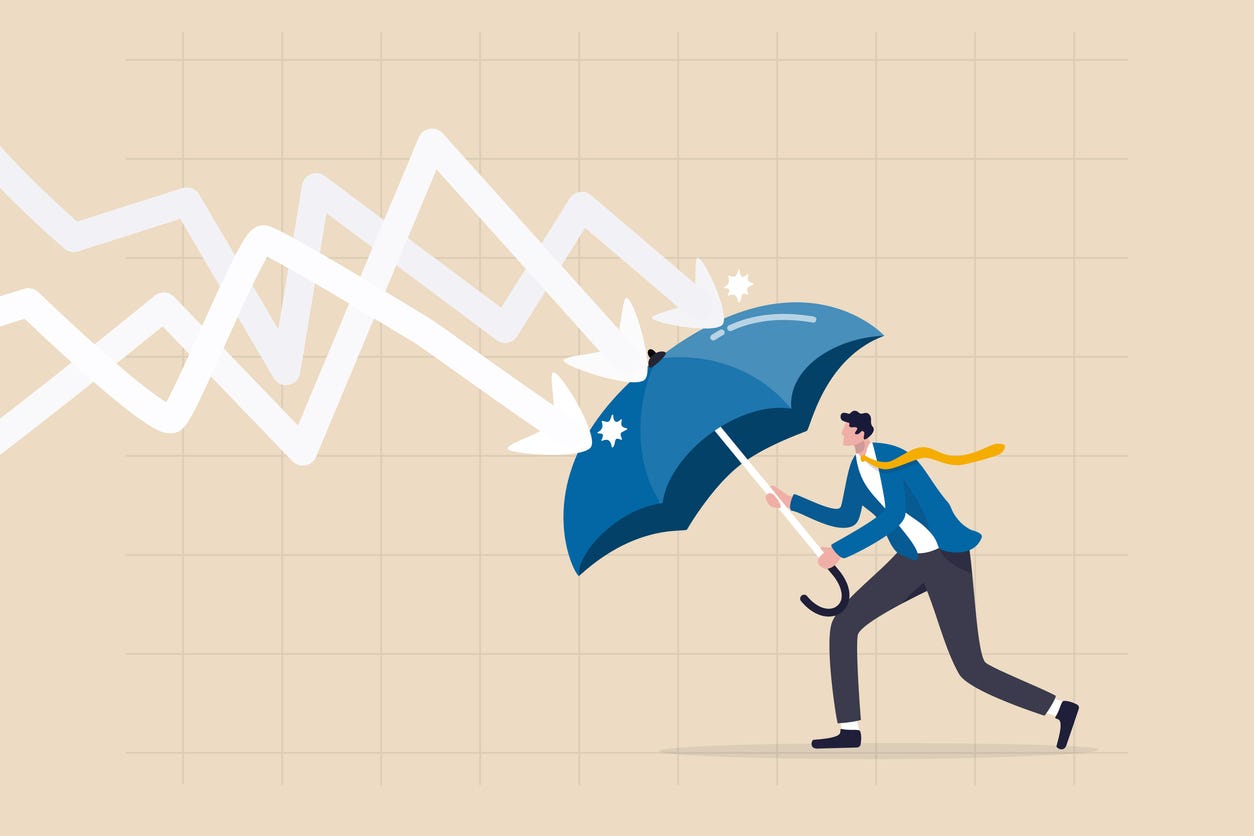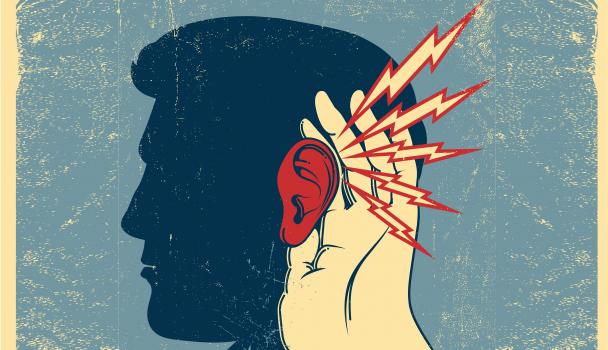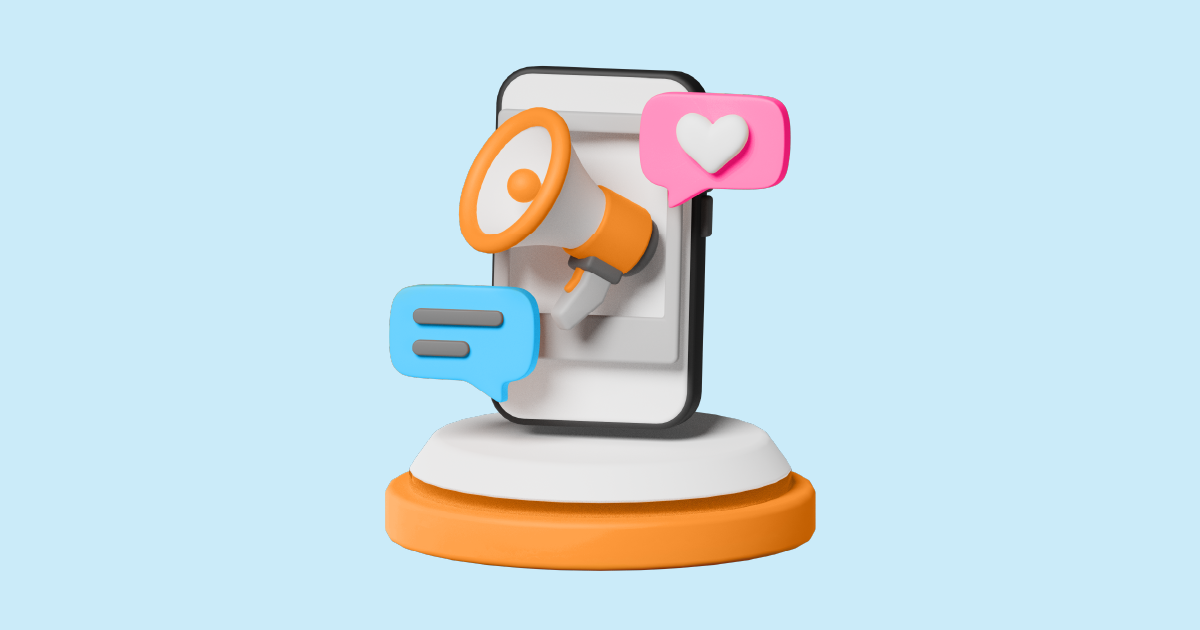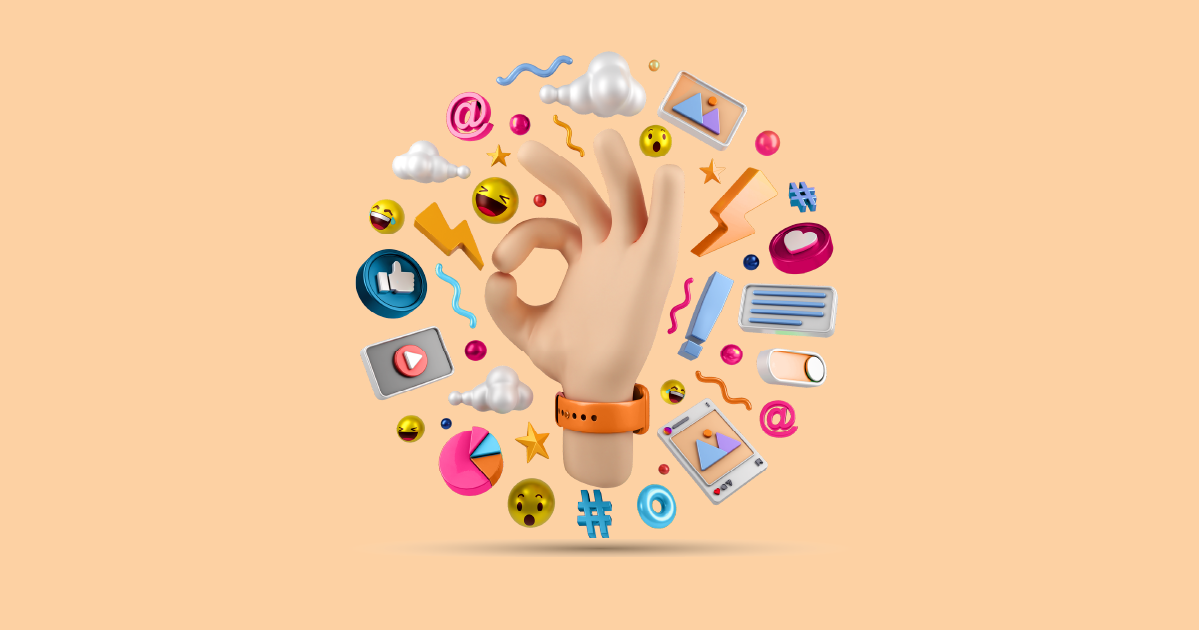In today’s digital age, social media has become an integral part of our lives. It’s where we connect with friends, share our thoughts, and stay updated on current events. However, social media is not just a platform for personal interactions; it plays a significant role in crisis communication for businesses, organizations, and governments. In this article, we will explore the importance of social media monitoring for crisis communication and how it can be a game-changer during challenging times.
Social Media Monitoring for Crisis Communication: Navigating Turbulent Waters with Digital Vigilance

In times of crisis, effective communication can make all the difference. Social media has revolutionized the way information is disseminated and received, making it a powerful tool for crisis communication. This article will delve into the strategies and techniques organizations can employ to harness the full potential of social media during challenging times.
Understanding Crisis Communication
Before we dive into the world of social media monitoring, it’s crucial to grasp the concept of crisis communication. It refers to the process of conveying information during a crisis to protect an organization’s reputation and provide accurate updates to the public and stakeholders.
The Power of Social Media
Social media platforms like Twitter, Facebook, and Instagram have millions of active users worldwide. During a crisis, these platforms become hubs of information exchange. People turn to social media for updates, support, and to voice their concerns. This is where the power of social media lies in crisis communication.
Why Monitor Social Media in a Crisis?
Monitoring social media during a crisis is not just a choice; it’s a necessity. Here’s why:
- Real-Time Updates: Social media provides real-time updates, ensuring that you are always aware of the latest developments.
- Public Sentiment: It helps gauge public sentiment, allowing you to tailor your communication accordingly.
- Crisis Mitigation: Quick responses can help mitigate the impact of a crisis and prevent it from escalating.
Social Media Monitoring Tools
To effectively monitor social media during a crisis, you need the right tools. Several platforms and software offer comprehensive monitoring capabilities. Some popular ones include AIM Insights, Brandwatch, and Mention.
Real-Time Monitoring
Real-time monitoring is the heartbeat of crisis communication. It involves constantly tracking social media platforms for mentions, hashtags, and relevant keywords related to your organization or the crisis at hand.
Sentiment Analysis
Understanding how the public feels about the crisis is vital. Sentiment analysis tools can help you gauge whether sentiment is positive, negative, or neutral, allowing you to tailor your responses accordingly.
Identifying Key Influencers
In every crisis, some individuals or groups wield significant influence on social media. Identifying these key influencers and engaging with them can help shape the narrative surrounding the crisis.
Engaging with the Audience
Social media is a two-way street. Engaging with your audience by responding to questions, concerns, and comments fosters transparency and trust.
The Role of Social Media Managers
Behind every successful social media strategy during a crisis is a skilled social media manager. They play a pivotal role in crafting and executing an effective crisis communication plan.
Challenges in Social Media Monitoring
While social media is a powerful tool, it comes with its set of challenges during a crisis. These may include dealing with misinformation, managing a high volume of posts, and addressing negative sentiment.
Ethical Considerations
Ethical considerations are paramount in crisis communication. Organizations must be transparent, honest, and respectful when addressing a crisis on social media.
Preparing for Future Crises
The lessons learned from one crisis can prepare you for the next. Develop a comprehensive crisis communication plan that incorporates social media monitoring to be better prepared for the future.
Conclusion
In the digital age, social media monitoring is a cornerstone of effective crisis communication. It empowers organizations to stay informed, engage with their audience, and navigate challenging times successfully. If you’re ready to take your crisis communication to the next level, request a demo from AIM Technologies today and see how our advanced monitoring tools can help you be better prepared for any crisis.
FAQs
What is crisis communication?
- Crisis communication is the process of conveying information during a crisis to protect an organization’s reputation and provide accurate updates to the public and stakeholders.
Why is social media important in crisis communication?
- Social media provides real-time updates and allows organizations to gauge public sentiment, making it crucial for effective crisis communication.
What tools can I use for social media monitoring during a crisis?
- Popular tools for social media monitoring include AIM Insights, Brandwatch, and Mention.
How can I engage with key influencers during a crisis?
- Identifying key influencers and engaging with them through direct messages or mentions can help shape the narrative surrounding the crisis.
What ethical considerations should I keep in mind during crisis communication on social media?
- Organizations must be transparent, honest, and respectful when addressing a crisis on social media to maintain trust and credibility.




